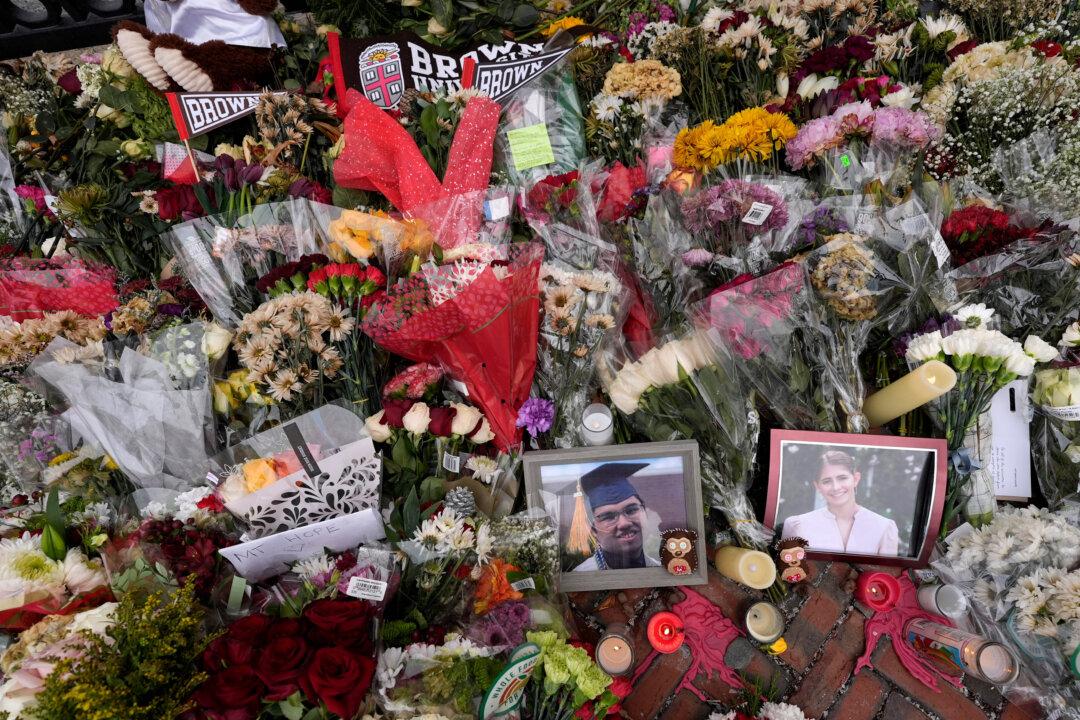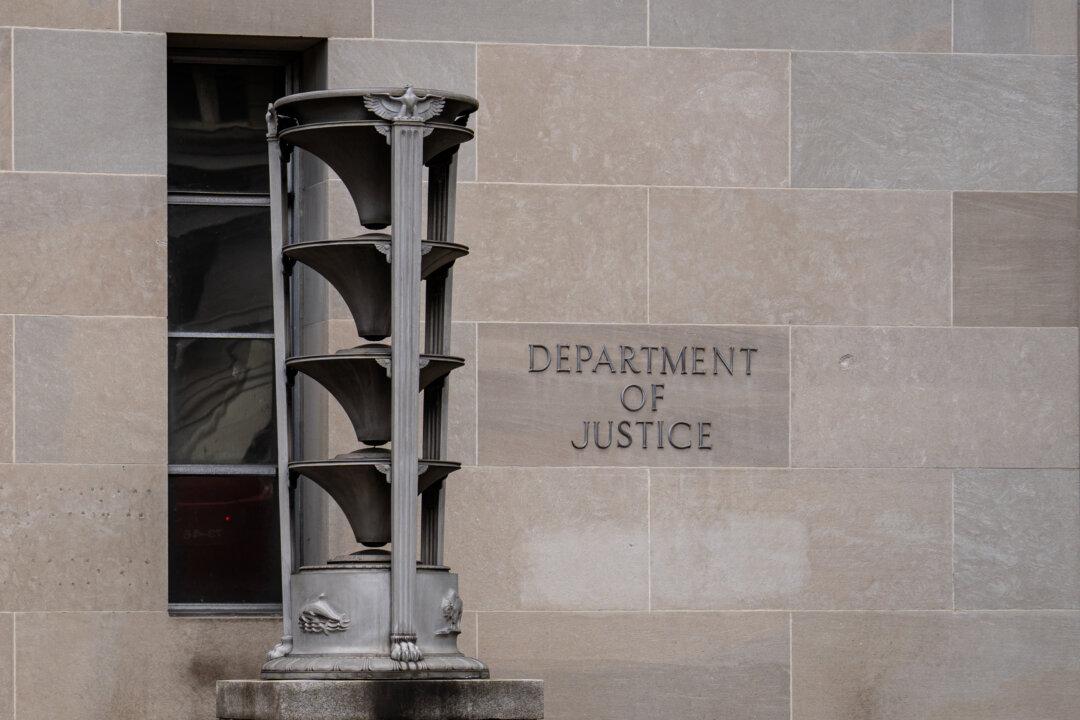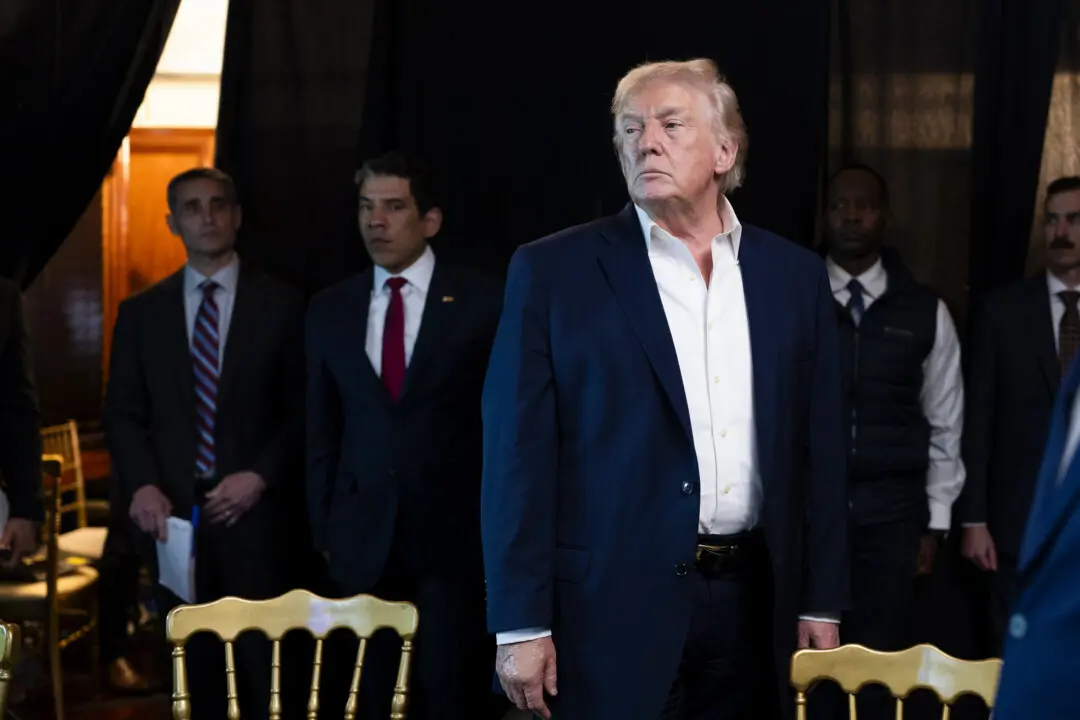Several countries in Asia have begun removing all COVID-19 curbs and treating the virus like a seasonal flu, signifying a shift into the endemic phase three years after its initial outbreak in 2020.
The World Health Organization (WHO) declared an end to the COVID-19 global health emergency on May 5, citing a downward trend of the deadly pandemic for more than a year.





